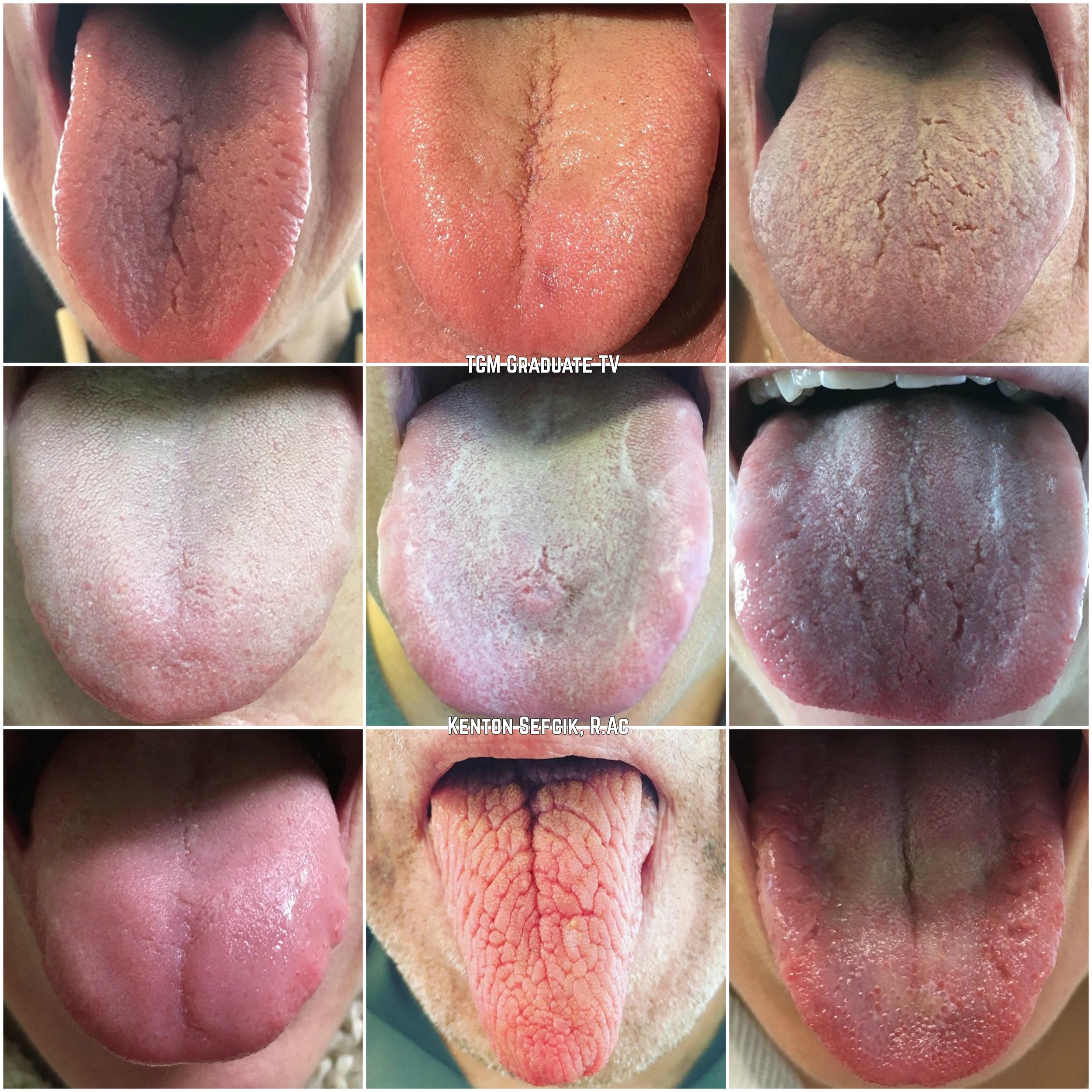TCM: MONITORING TONGUE CHANGES
Monitoring tongue changes between appointments is important; however, knowing what to look for is of utmost importance - so I may save time and be efficient in charting.
One of the things I love most about acupuncture is how the patient must return for subsequent sessions in order for them to heal; no different than taking a course of antibiotics, each acupuncture treatment builds on the last. This enables me to get to know a person, their habits, the language they use, and compare tongue diagnosis between visits.
The first two visits are the most important to me. I am always comparing what the patient says, where they communicate their pain areas, how they describe their digestion, what their pulse feels like - and my favourite: how their tongue changes with that first treatment.
There was a well-known drinking-and-driving commercial where an empty beer glass was placed in front of the screen while we watched someone drive their car down the road. More and more beer glasses were placed in front of us obscuring our vision until finally the vehicle crashed. I describe the process of interviewing my patients, over many visits, in reverse: I get to see them clearer (the 'real' them) and clearer after every treatment.
The most common change I see between the first two visits is the coating. It likely a sticky, white or yellow coat will become reduced; or that a dry tongue with little-to-no coat will grow its coating back - and that will likely be the only major change I see in a course of treatment.
Some patient's tongues show redness or prickles indicating Heat in that area or organ system. Redness can sometimes disappear, while prickles often do not (and require stronger treatment such as herbal medication).
Many patients come in with cracking on the tongue. Only once in my career did I see a crack repair itself and this was over a course of 30 weekly treatments. Many patients only come in once a week for 8-10 weeks due to limited third-party coverage, therefore it is difficult to get certain root conditions such as deep and wide Kidney- and Liver-Yin cracking to seal up.
Lastly, the most common change I note between maintenance visits is the coating. A thicker coat is usually due to diet, while a loss of coating is usually due to overwork (and sometimes antibiotic use). I always, and gently, recommend dietary and lifestyle changes to augment my treatments and keep my patients healthier between visits.

